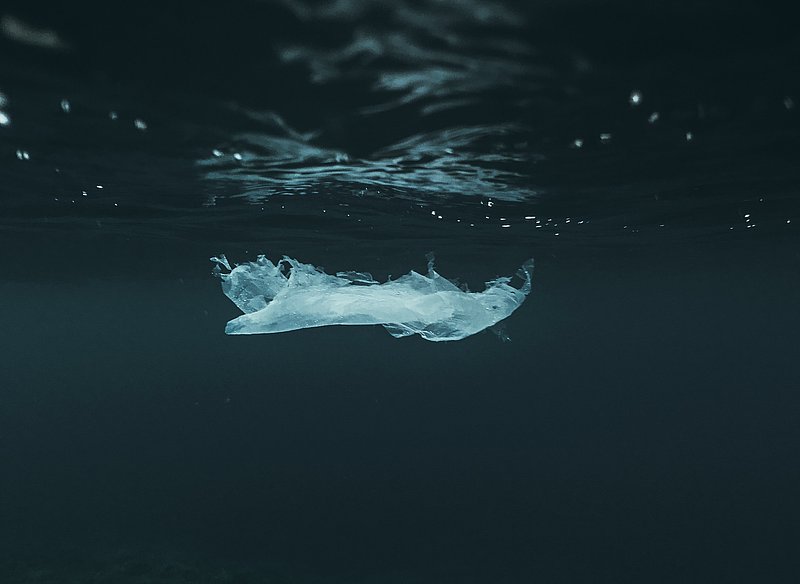Deep Sea Pollution: Microplastics Pollute the Seabed More Than Expected
Microplastics can be found everywhere. These tiny plastic particles pollute almost every ecosystem on earth. The oceans are particularly affected and, as the newly published study in the journal "Science Of The Total Environment" suggests, maritime trenches thousands of meters below sea level are the "final resting place" for a large amount of the smallest plastic particles.
High level of microplastic pollution has been detected in the West Pacific
Senckenberg researchers Serena Abel and Angelika Brandt, together with colleagues from the Alfred Wegener Institute – Helmholtz Centre for Polar and Marine Research (AWI) and Goethe University Frankfurt, investigated the microplastic pollution of the West Pacific Kuril-Kamchatka Trench. Their study shows that the deep sea is the "garbage can of the oceans" – and surprisingly dynamic in terms of deposition. The high biodiversity at the deepest seabed is highly endangered by microplastic pollution. They found in each of a total of 13 sediment samples from a depth of up to 9450 meters between 215 and 1596 microparticles per kilogram. That is more than previously detected.
Not a single sample is free of microplastics
Serena Abel, visiting researcher at the AWI and research associate at the Senckenberg Research Institute and Natural History Museum Frankfurt, and Prof. Dr. Angelika Brandt, Head of the Marine Zoology Department there, together with researchers from Goethe University and the AWI, evaluated sediment samples from the bottom of the Kuril-Kamchatka Trench in the Western Pacific, which were taken in 2016 during a deep-sea expedition with the research vessel „Sonne“. They took a total of 13 samples at seven different stations of the trench, at depths between 5740 and 9450 meters. Not a single one of them was free of microplastics. They also detected between 215 and 1596 microplastic particles per kilogram of sediment. „No one would have expected such a large amount before.", Abel says.
The high biodiversity in the deep sea is particularly endangered by microplastics
With the help of Micro-FTIR, a special variant of a spectrometer, the researchers were able to detect even the smallest microplastic particles. They found a total of 14 different types of plastic in the samples from the Kuril-Kamchatka Trench. Among the most common materials is polypropylene, one of the standard plastics used worldwide for packaging, as well as the acrylates and polyurethane used for coatings. The research team was surprised by the large differences between the individual samples. "Until now, the deepest seabed was considered a comparatively unaffected and stable environment in which the microplastics are deposited and remain in one place. We were all the more astonished that even samples taken only a few meters apart were constructed very differently," reports Abel and adds: "This shows what a dynamic environment the deepest areas of the deep sea actually are. The organisms that are native here keep the sediment moving." In fact, biodiversity at the bottom of the Kuril-Kamchatka Trench is even higher than in less deep areas of this trench. Brandt sums up the concern that drives researchers in the face of the continuously increasing plastic pollution of the oceans: "It is precisely this high biodiversity in the deep sea that is now particularly endangered by the heavy pollution with microplastics!"
Every year, an estimated 2.4 to 4 million tons of plastic enter the sea via rivers, as a result of extreme global plastic consumption and poorly organized waste disposal. A considerable part of it sinks to the seabed and accumulates in the sediment, or is transported by currents to the deepest regions, where it is ultimately deposited.


